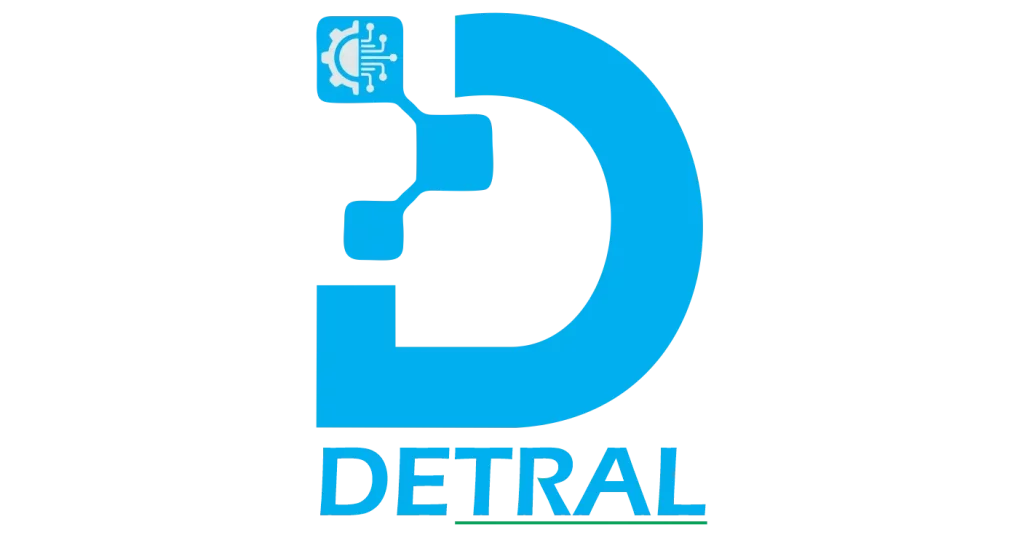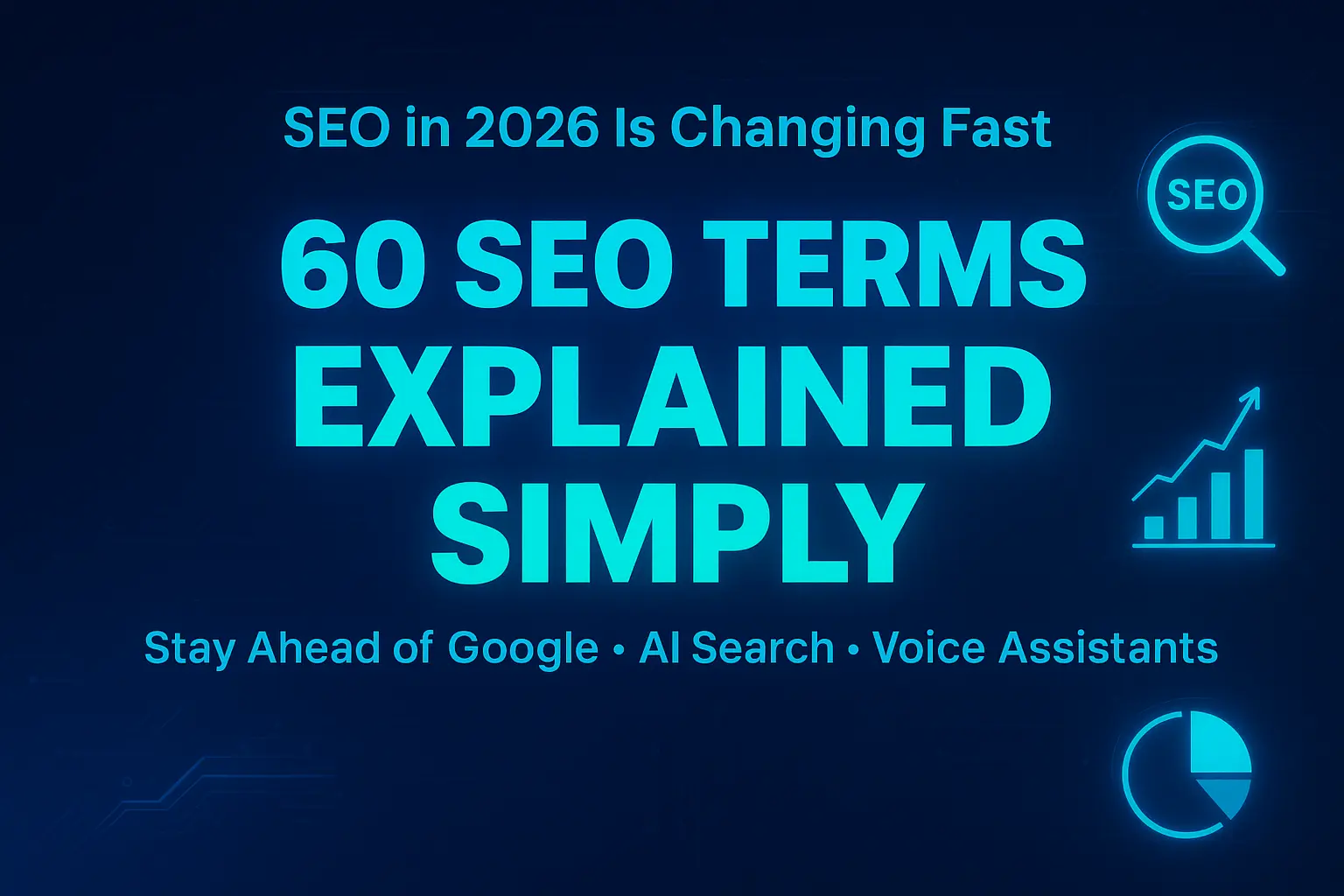In the digital age, standing out online hinges on mastering SEO, short for Search Engine Optimization. The tactics for effective seo services have transformed over time. Initially, it was about stuffing your website with specific keywords. However, the focus has now shifted towards grasping the searcher’s intent. This new strategy, known as Semantic SEO, prioritizes the meaning behind the search queries rather than just the words used.
Understanding and implementing Semantic SEO is vital for any online business looking to connect with what their audience is genuinely searching for. It’s about diving deeper into your prospects’ needs and wants and crafting your seo content writing to speak directly to them. This approach is key to improving online visibility and ensuring your business stands out in the vast digital space.
Table of Contents
ToggleGetting What People Want
Semantic SEO is all about digging into what people mean when searching. Are they looking to buy? They may want to find a specific site or need info. Knowing this helps you make your site what these searchers need.

SEO’s New Look: It’s All About Meaning Now
best seo services begins with just putting lots of keywords on your site. But as tech got smarter, so did search engines like Google. They started to get the context of words in searches. So, your site needs to do more than just list keywords. It should answer real questions and provide useful info based on what people are searching for.
The Big Deal About Semantic SEO

Shows Up More:
If your content matches what people are searching for, your site will likely rank higher in search results. More visibility means more visitors.
Better Site Experience
Focusing on what users want makes your content more interesting and helpful. This keeps visitors on your site longer.
Stays Relevant
Search engines are always getting better at understanding user searches. By using Semantic SEO, your site stays in tune with these changes.
Beats the Competition:
By addressing what users are searching for, your content stands out from sites focusing only on keywords. This can give you an edge.
Doing Semantic SEO Right
Start by figuring out what your audience is looking for. Then, create content that answers their searches, not just stuffing in keywords. Make your content easy to skim through with headings, lists, and images.

Understanding What People Want When They Search

What Does User Intent Mean?
Think of user intent as the real reason someone types a question into Google or any search engine. They might want to know something, find a specific website, or buy a product. Knowing this reason is super important for what we call semantic SEO. This approach helps us make content that answers what people are searching for.
Why It’s Important
Semantic SEO is about more than just keywords. It’s about the whole idea behind what someone is searching for. This helps search engines connect people with the most fitting content. Understanding why people search is a big part of this. It ensures we give them the answers or products they want.
How It Helps Businesses

- For Information Seekers: People looking up stuff want answers. If your website gives them those answers, they will likely return.
- For Website Finders: When someone wants to find your site directly. Make it easy for them, and they’ll remember you.
- For Shoppers: If someone wants to buy, and your site makes that easy, they’re more likely to complete their purchase with you.
By matching your online stuff to these reasons, you’ll draw more visitors, keep them around longer, and sell more.
Finding Out What People Want
To align your content with what people are looking for, you first know what that is. Tools like Google’s Keyword Diary and Answer The Public show what people are searching for. Also, seeing what questions pop up on social media or forums can acquaint you with what word to give.

Semantic SEO Explained
Semantic SEO means creating content that really digs into the topic a searcher is interested in, not just throwing in keywords. It’s about the full picture of what they’re asking.
Moving From Keywords to Topics
Back in the day, SEO was all about keywords. Now, it’s about understanding the whole topic. This means writing content that covers all angles, using related words, and being super helpful. This way, search engines get what your content is about and how it matches people’s search.
Why Semantic Search Rocks
Semantic search uses smart tech to get what someone is looking for. This means people get more useful search results. If you nail the topic for websites, you’re more likely to appear high in search results. It’s about being helpful and relevant, not just keyword-stuffed.
Making Your Content Count: The Heart of Semantic SEO
Let’s dive into why just throwing keywords into your articles isn’t enough anymore. The game has changed. It’s about getting into the topics that matter to your readers. Here’s how to make your content hit home.
Crafting Content That Connects
- Know Your Crowd: First, determine what your audience is curious about. What are they typing into Google? Use simple tools online to see the questions they have.
- Deep Dive Into Topics: If you’re talking about indoor plants, don’t just mention watering them. Go all in. Talk about the best plants for low light, how to spot diseases, and the best pots. Give your readers everything they need in one spot.
- Mix It Up: Content isn’t just words. It’s pictures, videos, and even charts. Different ways of showing info keep people interested and help explain things better.
Why Structured Data is Your Friend
Suppose structured data is a secret law that tells hunt machines exactly what your runner is about. It’s like giving Google a cheat distance, making it easier for your point to appear in quests.
Getting Structured Data Right
- Pick the Right Type: Different codes exist for articles, products, and FAQs. Choose the one that fits your content.
- Use Helpful Tools: Google has tools that simplify adding this code to your site. They guide you through the process.
- Check Your Work: Google also has a tool to test your code. This makes sure everything’s set up right before your page goes live.
Rich Snippets: The Bonus Points of Search Results
When you use structured data well, you can get rich snippets. These are the fancy results in Google that show extra info, like star ratings or a photo. They grab attention and can get more clicks to your site.
Building a Smart Semantic SEO Plan
- Focus on Why People Search: Everything starts with understanding your audience’s real questions.
- Build Solid Content: Use the tips above to create articles, videos, and more that speak to your audience.
- Add the Secret Code (Structured Data): This helps Google get what your content is about, making it easier for people to find.
- Stay on Your Toes: Google changes things up all the time. Keep learning and tweaking your approach to stay ahead.
Semantic SEO Help
There are experts out there who can take your site to the next level with semantic seo guide. When looking for help, find someone who gets your business and knows how to talk to your audience.
Understanding Topic Clusters: Boost Your Website’s SEO
Think of your website like a big bookshelf. You’ve got loads of books (your content) on this shelf. Topic clusters are like organising these books into sections where each section is about a related subject. This setup helps visitors and search engines easily navigate your content writing.
How to Set Up Your Content Clusters
- Pick a Big Topic: Start with a broad subject you know your readers love.
- Break It Down: List specific questions or ideas about this big topic. These become your smaller, detailed articles.
- Connect the Dots: Link your detailed articles to the broad topic. This shows they’re all related.
Why This Is Great for Your Site
- Easy to Browse: This makes it simpler for visitors to find what they’re after.
- Google Likes It: Helps search engines see your site as a go-to place for certain topics, possibly boosting your site’s rankings.
Simple Steps to Nail Semantic SEO
- Organise With Topic Clusters: Group your content by main ideas and related topics.
- Help Search Engines Understand: Use simple codes (structured data) to clarify your content.
- Match Content to What People Search For: Create content that answers the exact questions your audience is asking.
- Use Different Ways to Show Info: Articles, pictures, videos, and infographics can all help explain your topic.
- Keep an Eye on Results: Use tools to see how these changes help your site attract more visitors and climb up in search results.
Checking Your SEO Success
- Watch Your Rankings: Keep an eye on where your pages appear in search results.
- Visitor Counts: Look for more people coming to your site, especially to the new, organised content.
- Engagement: Notice if visitors stick around longer or check out more pages on your site.
Wrapping Up: Why Semantic SEO Matters
Semantic SEO Services isn’t just about making search engines happy. It’s about creating a website that people love to visit. Organizing your content smartly and answering real questions makes your site easier to find and more fun to explore. This can turn visitors into loyal fans.
Call to Action: Dive Into Semantic SEO
Don’t wait to make your website easier to find and more enjoyable to browse. Start implementing these semantic SEO practices today. For deeper insights or help getting started, consider subscribing to Detral LLC newsletter for tips or contacting a semantic SEO expert through our website for personalized advice. Your journey to better search rankings and a more engaging user experience with Detral LLC starts now.








